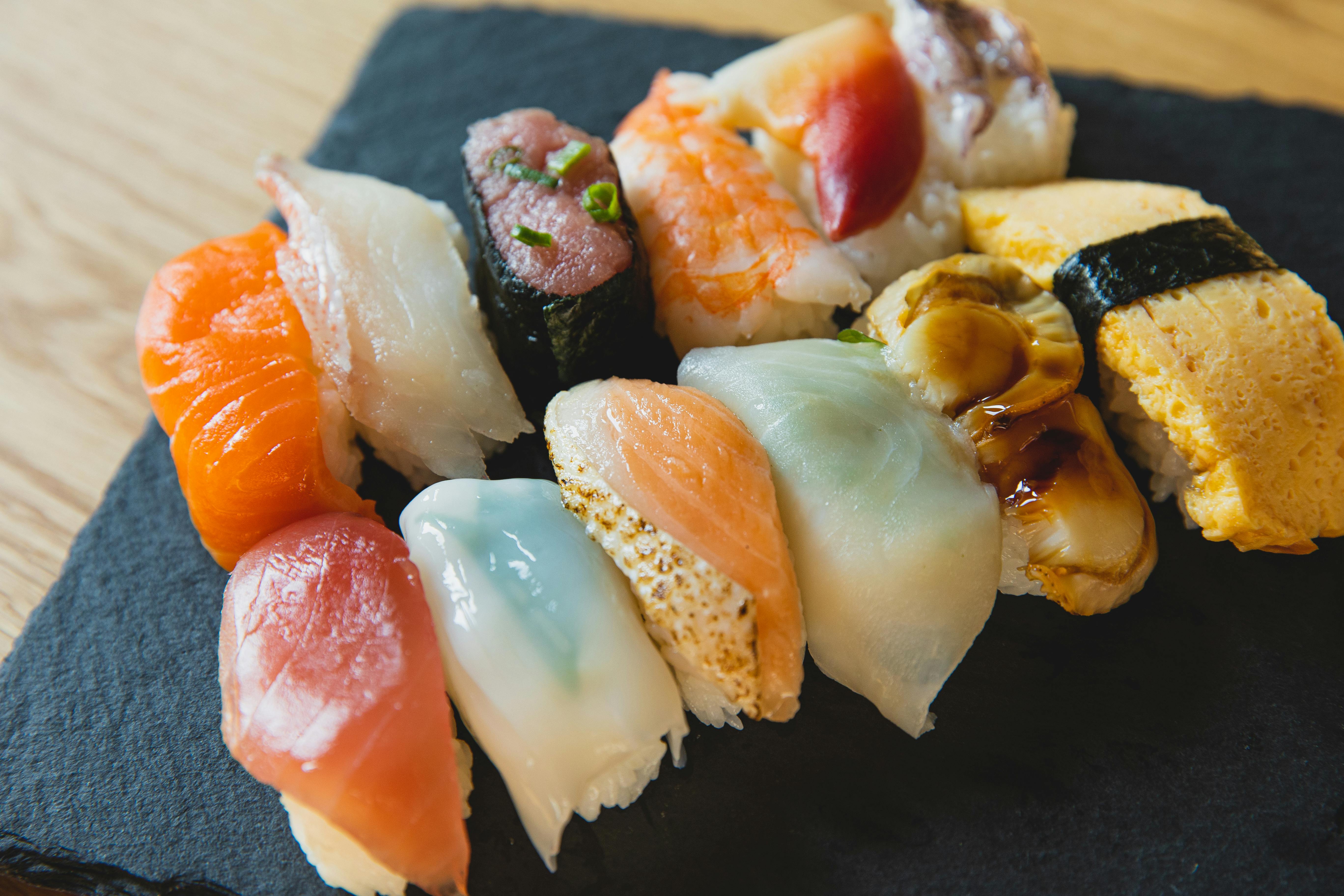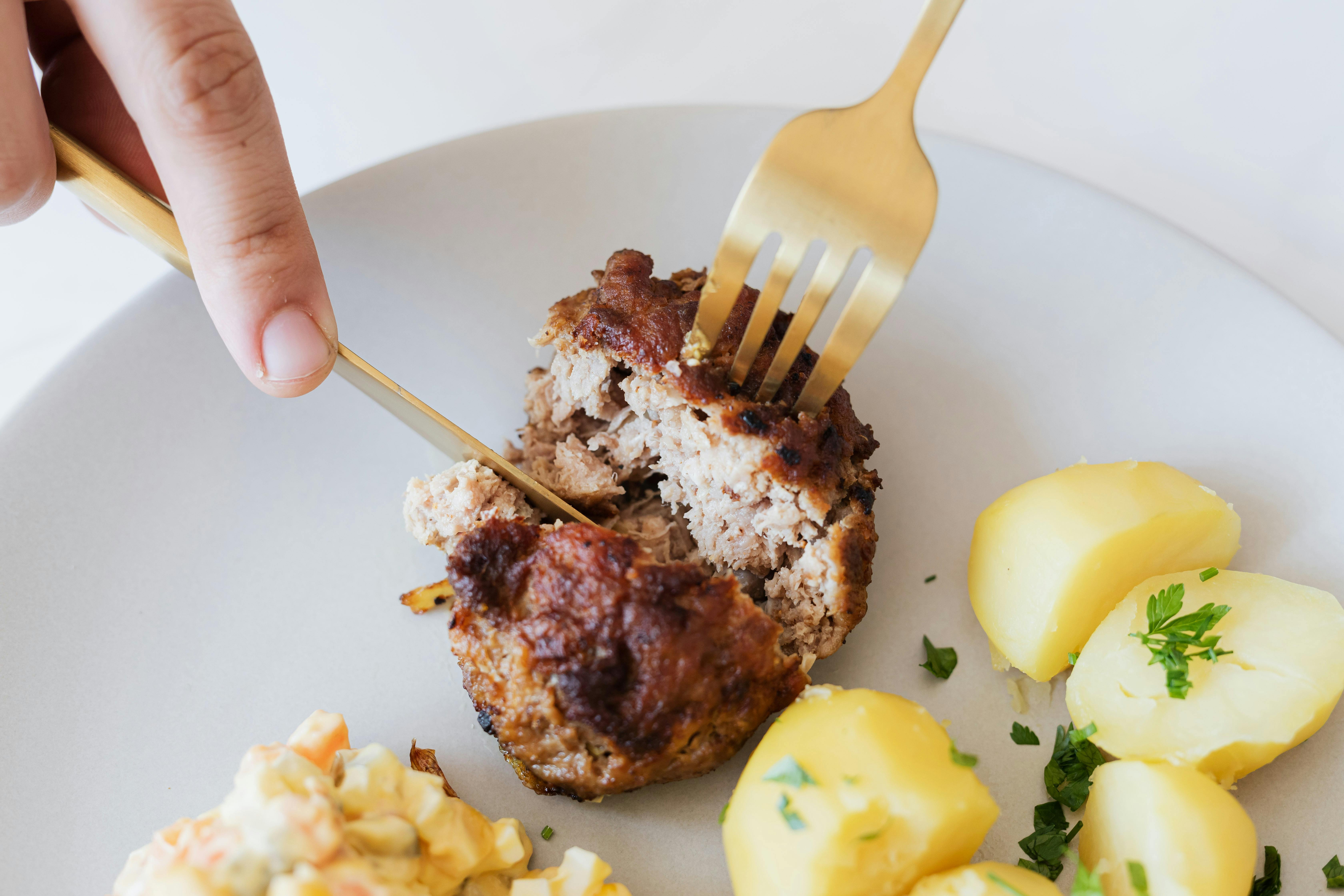
Natural food coloring – What a healthier option!
Imagine your food in black and white! Or some muted colors like muddy grey! Will you be tempted enough to eat them? Most people wouldn’t. Seeing is very meaningful to us human beings and that has been known for a long time. The first civilizations introduced color to their food and that too in a very natural way. The ancient Egyptians made their yellow food with saffron. Wines were also colored in 400 BC. C. only with saffron. The Romans colored their white bread by mixing alum with the flour. There are many other examples from the history of food colors that we will discuss later in this article to help you know how you can use natural food colors, but before we know that, we need to know what food colors are today and how we consume them. ?
Food colors of today
Today, our food processing industry uses many types of food colors, with the main food colors and lake food colors. Not only food, but also pharmaceuticals, cosmetics, inks, plastic food containers, etc. they are also colored with these artificial dyes. So when you take those colorful vitamin pills or wear that lipstick, you are consuming these artificial food dyes. It’s not that only synthetic food colors are used in processed foods and other materials, there are also many organic lake dyes (organic lake pigments) that are widely used to color food, thanks to the awareness of organic living! These organic lake pigments are obtained from natural sources. Some of the examples of organic lake food colors include caramel, turmeric, beet and berry juice, paprika, saffron, etc.
natural food colors
As I promised earlier, I will now tell you about which natural food colors were historically used to make food interesting and moving. In fact, in Europe there was a common belief during the early Renaissance period that color in food not only showed its nutritional value, but also pointed towards medicinal power connected to spiritual heavenly substances. For example, eating sweet red grapes was considered effective for full and rich blood, black foods like pepper or mushrooms induced melancholy, and golden-colored foods promoted divine solar healing.
- tourniquet – or folium was a dye prepared from the annual plant Crozophora tinctoria (“carrier of the dyers’ staff”, due to its use and the curved tip of its flower spike).
- Turmeric – is a bright yellow dye made from the roots of the herb Curcuma longa. It is an ancient Indian spice and a traditional remedy that has been used as a medicine. Turmeric is still used for daily food preparation in Indian households.
- Red pepper – Paprika oleoresin is extracted from the pod of sweet red peppers. Capsicum annum is called Paprika. Paprika imparts a bright orange to red-orange color in food products.
- red sandalwood – The bark of the red sandalwood tree is blackish-brown in color and exudes a deep red colored juice when cut. It is the source of a bright red dye. It has been used in Ayurvedic medicine as an antiseptic, wound healing and acne treatment. Redwood as a natural food colorant has wide use in cosmetics and pharmaceuticals to color tinctures.
- Saffron – Saffron is a spice native to Asia, 80% of which is currently produced in countries such as Iran, Spain, Greece and Morocco. Saffron has been used not only for the excellent orange-yellow color it gives to food, but also for its pleasant smell.
Calendula, safflower, parsley, spinach, fruit and flower petal extracts were and are some of the other natural food colors that are healthier options compared to artificial food colors.






